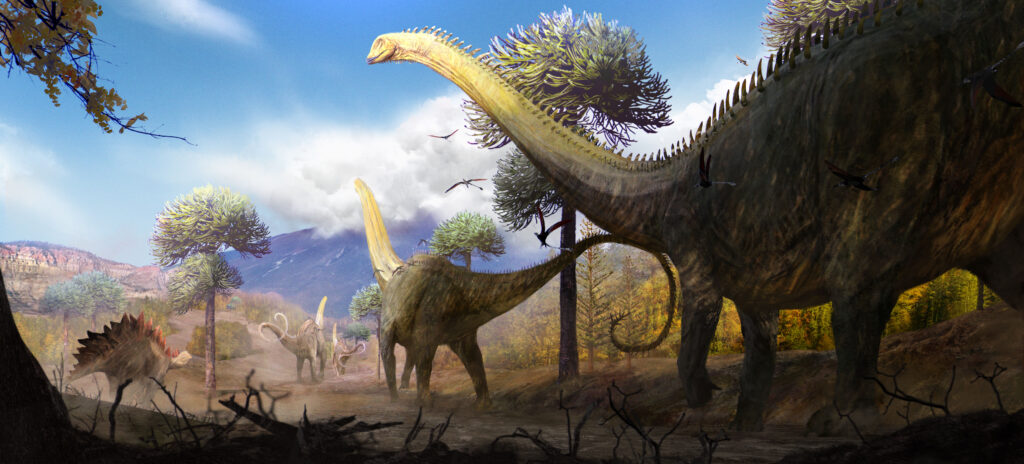
I’ve always loved dinosaurs. I managed to impress my aunts by being able to say ‘pterodactyl’ before the age of two, and I distinctly remember my mother using dinosaur books to help me learn to read. Deinosuchus and quetzalcoatlus required a lot of practice, but after those everything else was a breeze.
For those like me who still harbour a not-so-secret love of the prehistoric age when the oversized reptile ruled the roost, meet the grown-ups keeping the dream alive. Mike Fredericks, Rudolf Hima and their universe of fellow dino-enthusiasts, draw dinos and their environs for fun. They call it ‘paleoart’ and it is awesome.
The Paleoart community is a collection of mostly amateurs, though the occasional PhD type has been known to weigh in. They are basically people and collaborators who guesstimate and illustrate what these ancient reptiles might have looked like.
All this might sound distinctly unscientific, but paleo-artists are, in fact, operating in a long, proud tradition. In a lot of ways, the way we perceive dinosaurs is dependent on paleoartists. Since the first fossils were named in the late 1800s, there has been paleoart. You might even consider the quasi-scientific practice one of the longest ever underground art communities.
Though the genre may have languished somewhat when boring old, accredited science took over, indie paleoart is on the comeback trail. Witness the success of its current centerpiece, Prehistoric Times. Edited by the enthusiastic Mike Fredericks, Prehistoric Times celebrates everything dino, especially amateur finds and paleoartists.
“Paleontology has certainly grown with all the many new discoveries and theories that have come about in recent decades,” says Frederick. “Prehistoric Times is never hurting for paleo news to report.”
An exuberant mix of toy reviews, new discoveries, and interviews with scientists, the core of the zine is pages and pages of paleoart — full on saurian glory!
One of the regular contributors to the magazine is Rudolf Hima, a skilled artist with a great eye for detail. His pieces can be best described as photogenic, with vibrant colours and a strong feeling of scale. He also has a lot of knowledge about how paleoart changed in the last decade.
“There was a strong urge to avoid ‘shrink-wrapping’ and applying non-scale integument (skin and feathers) to a lot of dinosaurs,” says Hima. “Artists like Joschua Knüppe and Hodari Nundu among others were exploring seldom seen behaviour to depict other than just roaring and chasing or being chased.”
Hima also mentioned being partly inspired by one of the early paleoartists, Charles R. Knight, essentially the Tolkien of paleoart. Starting out as a hobbyist in 2016, Hima describes his path towards paleoart as naturally extending from his lifelong interest in dinosaurs.“
While I have always liked dinosaurs since I was a kid, my paleoart endeavour actually started after I joined a Discord server for a game called ‘Saurian,’” says Hima. “Just because we draw animals, it doesn’t mean you have to consume wildlife documentaries all the time. I love looking at big ships to get that sense of scale to depict a sauropod. Watch action films and get inspired on how to frame my painting as dynamic as possible and to get that cinematic look. It can come from anywhere.”
